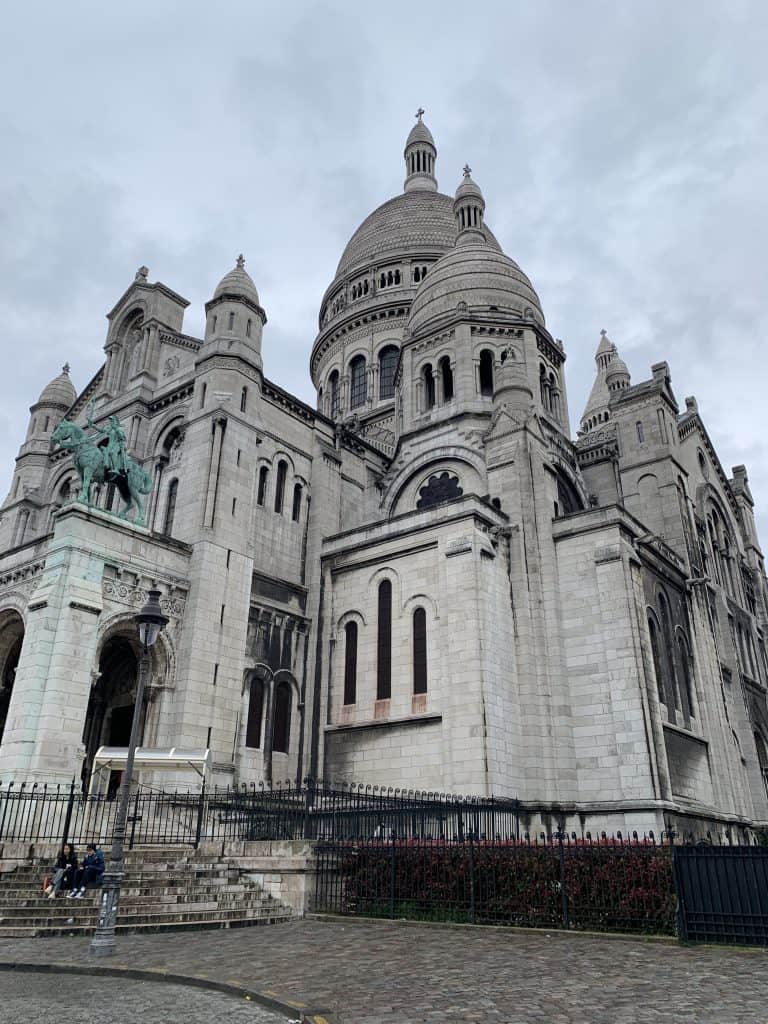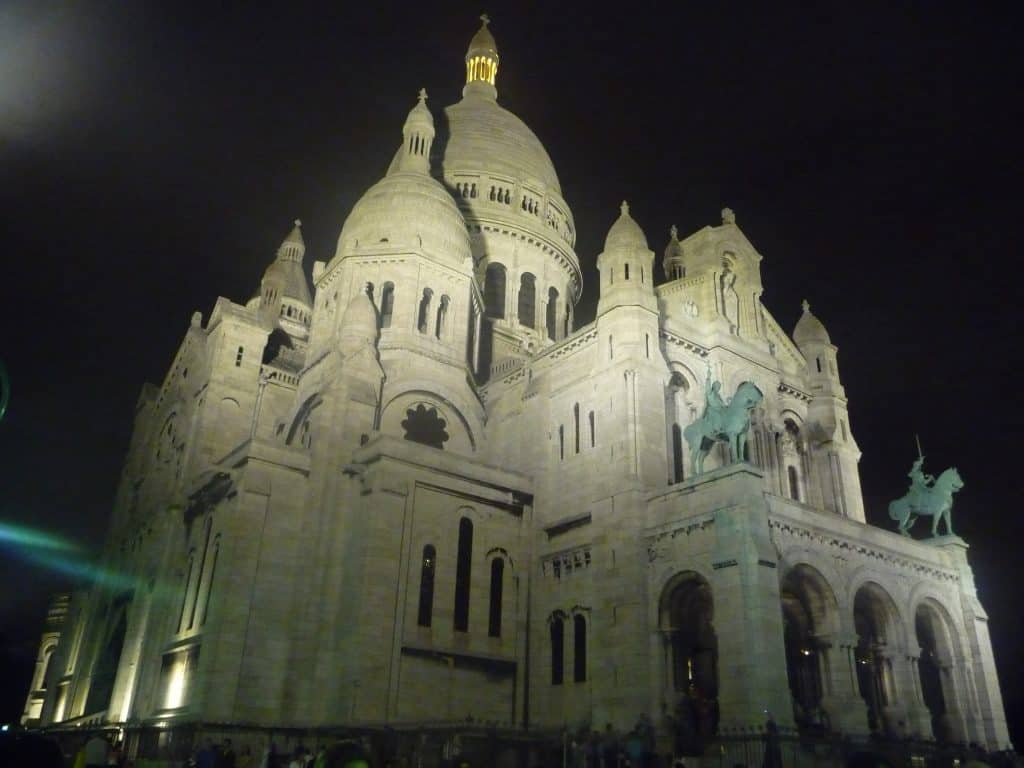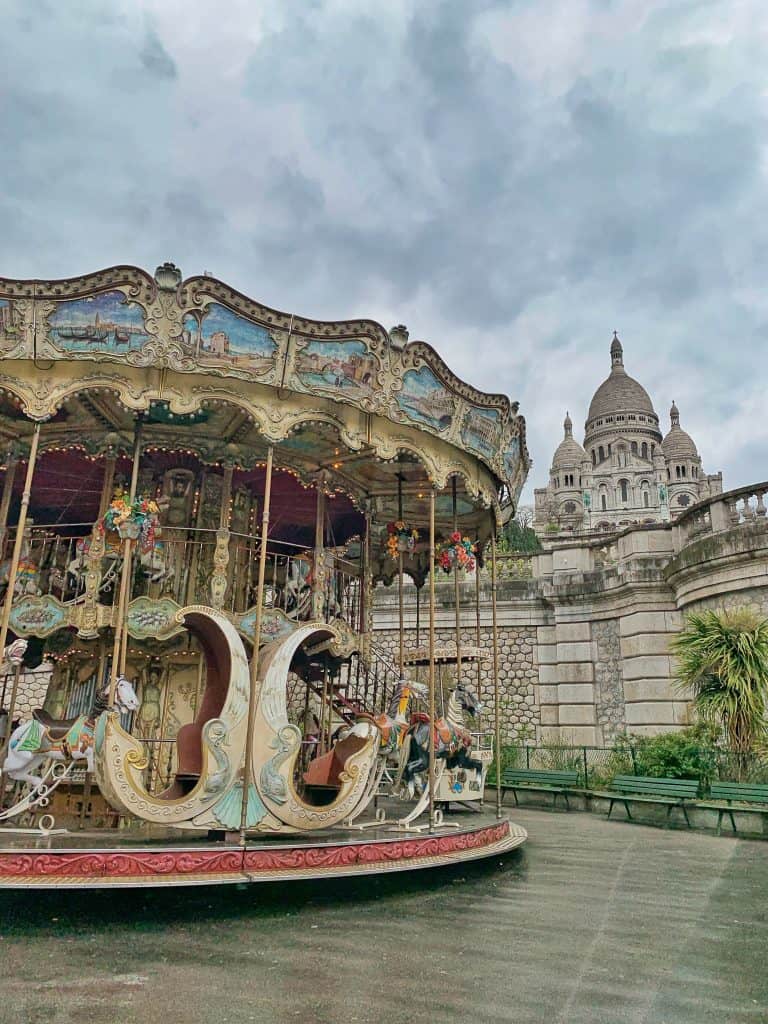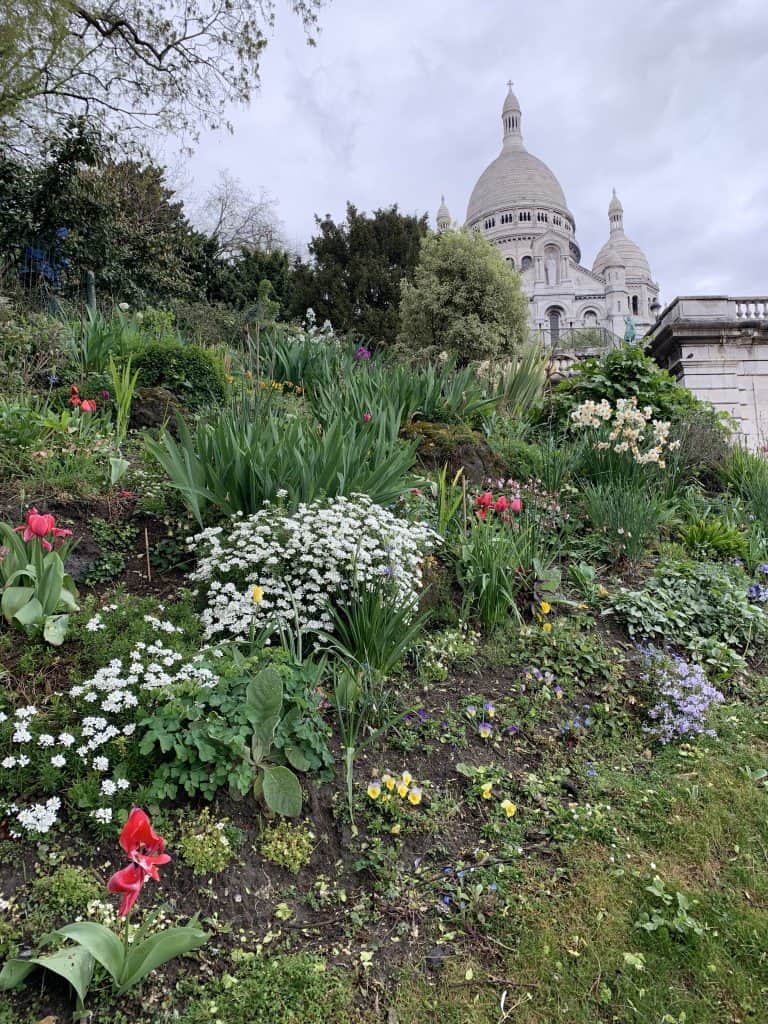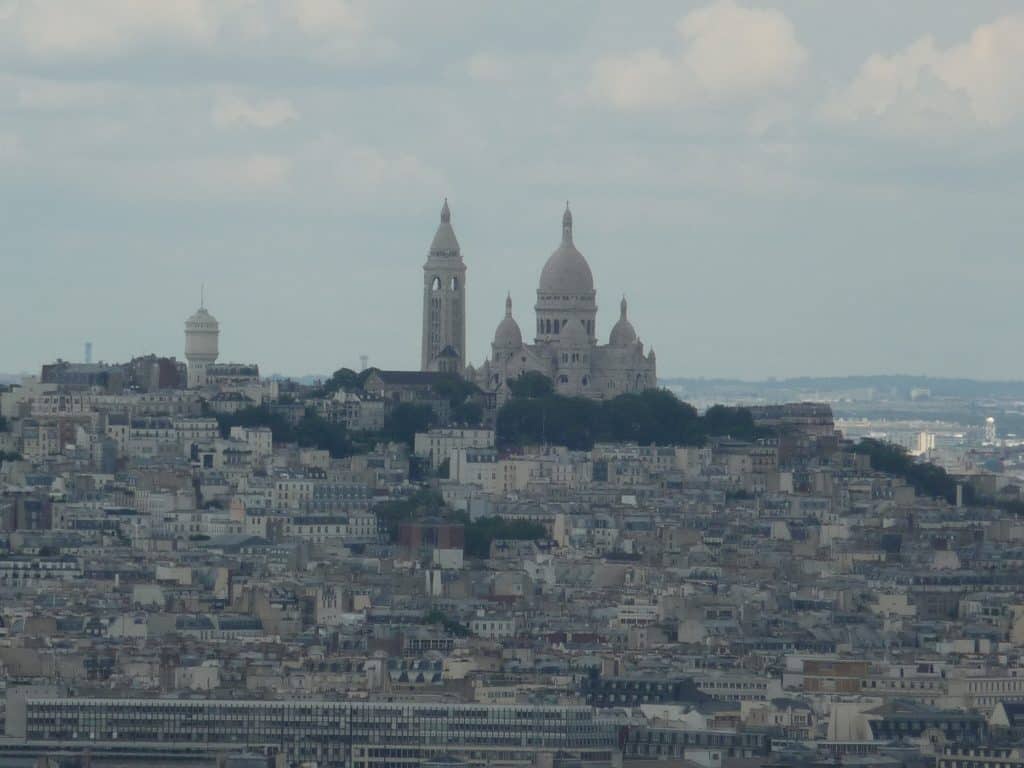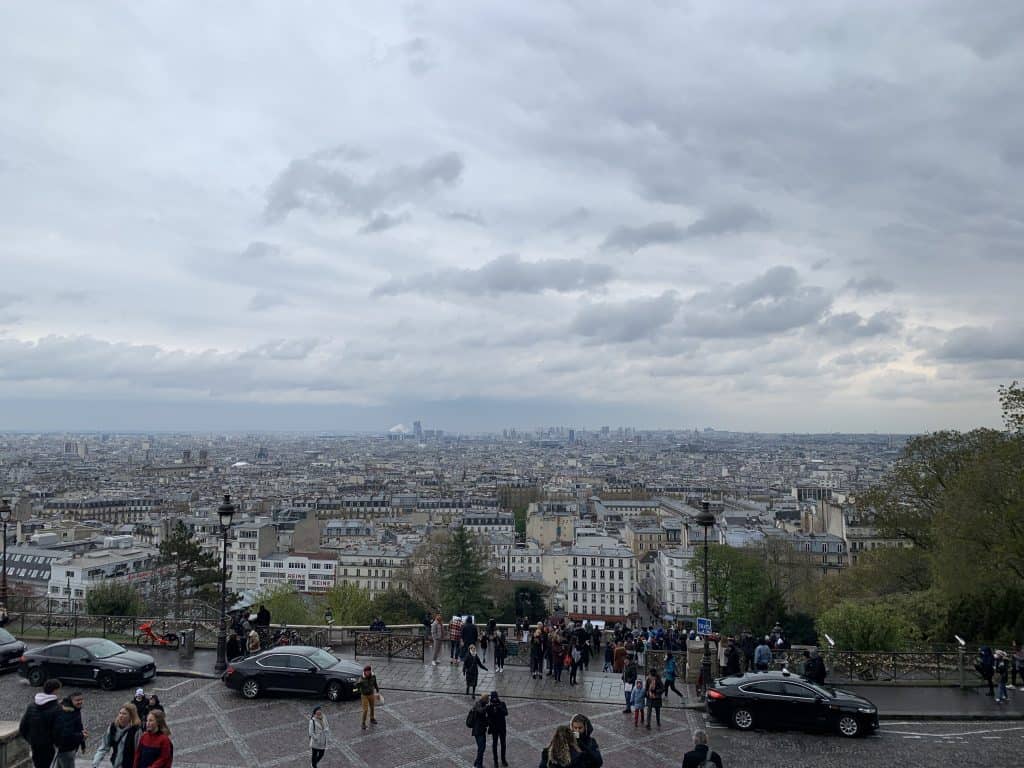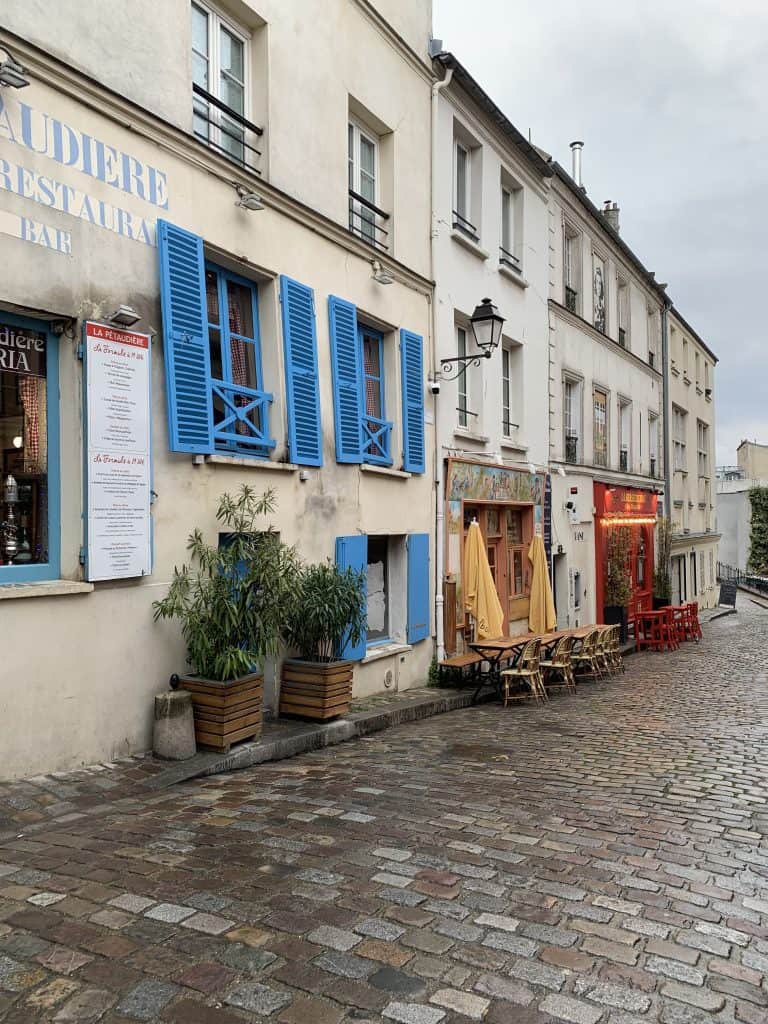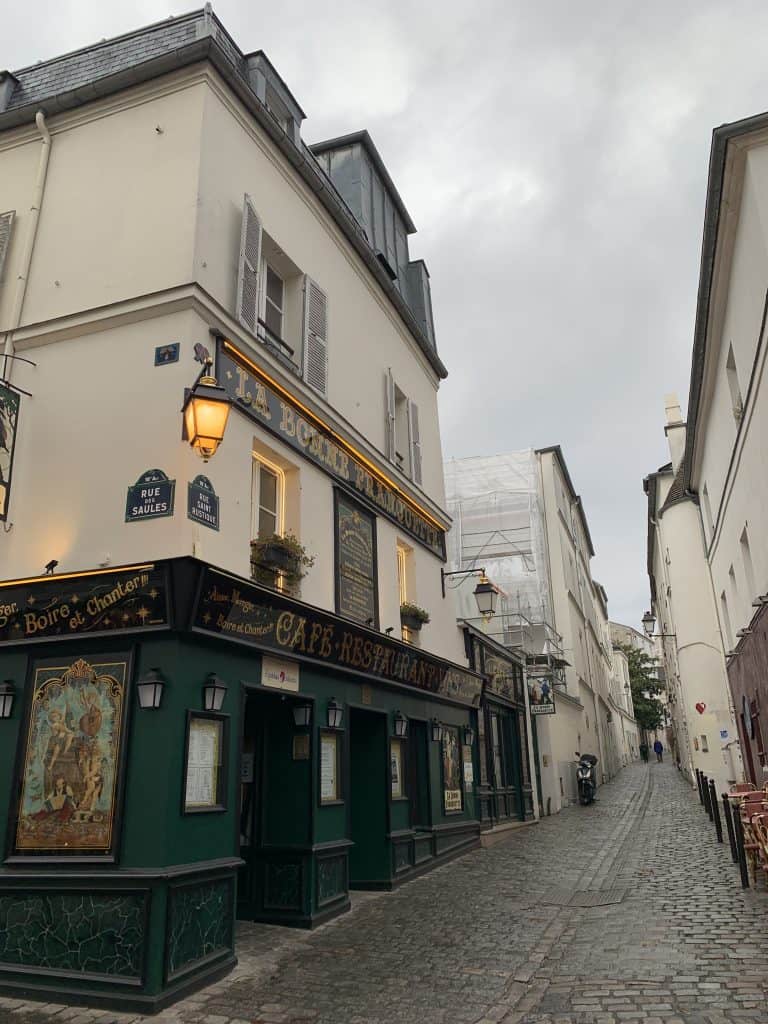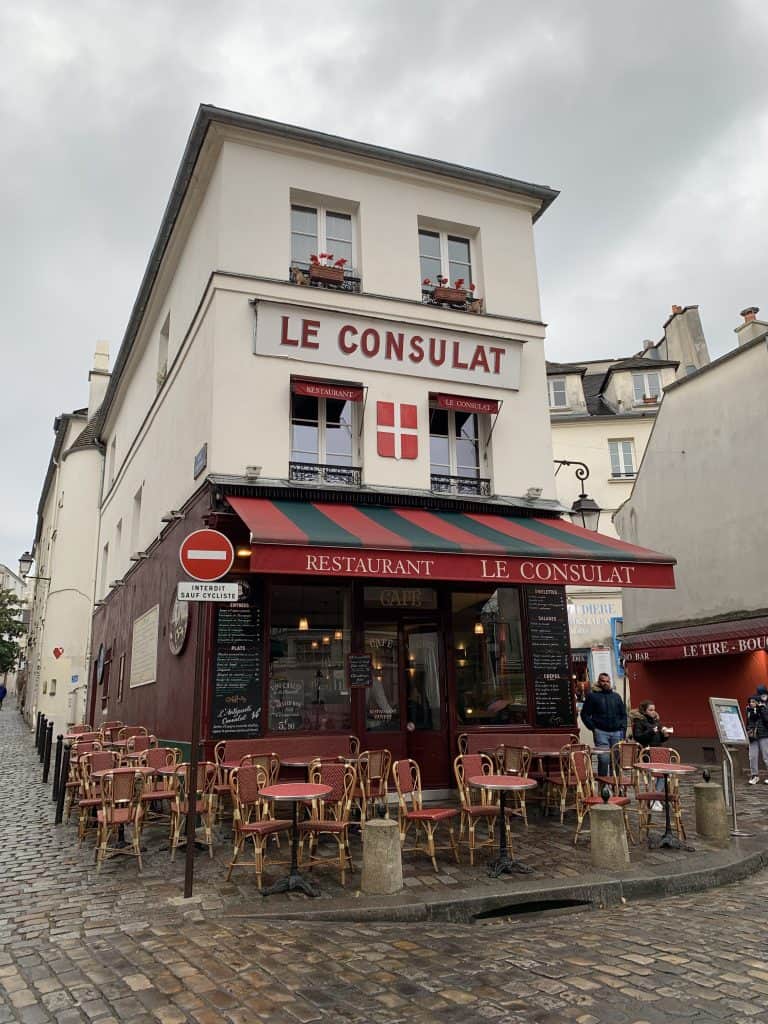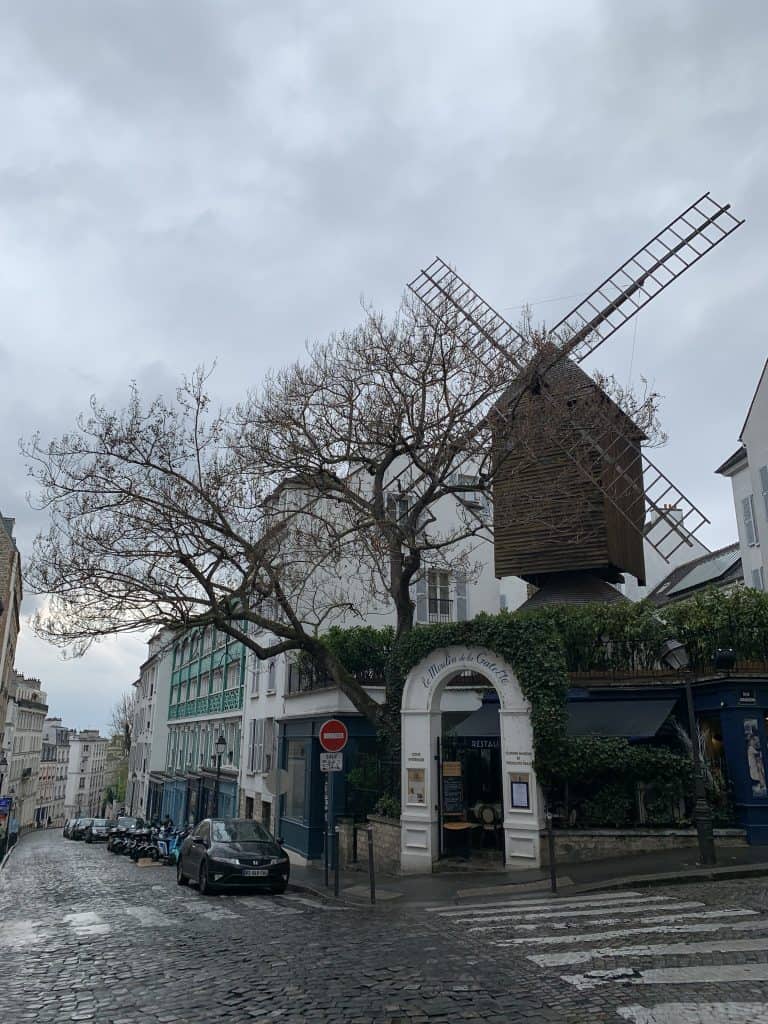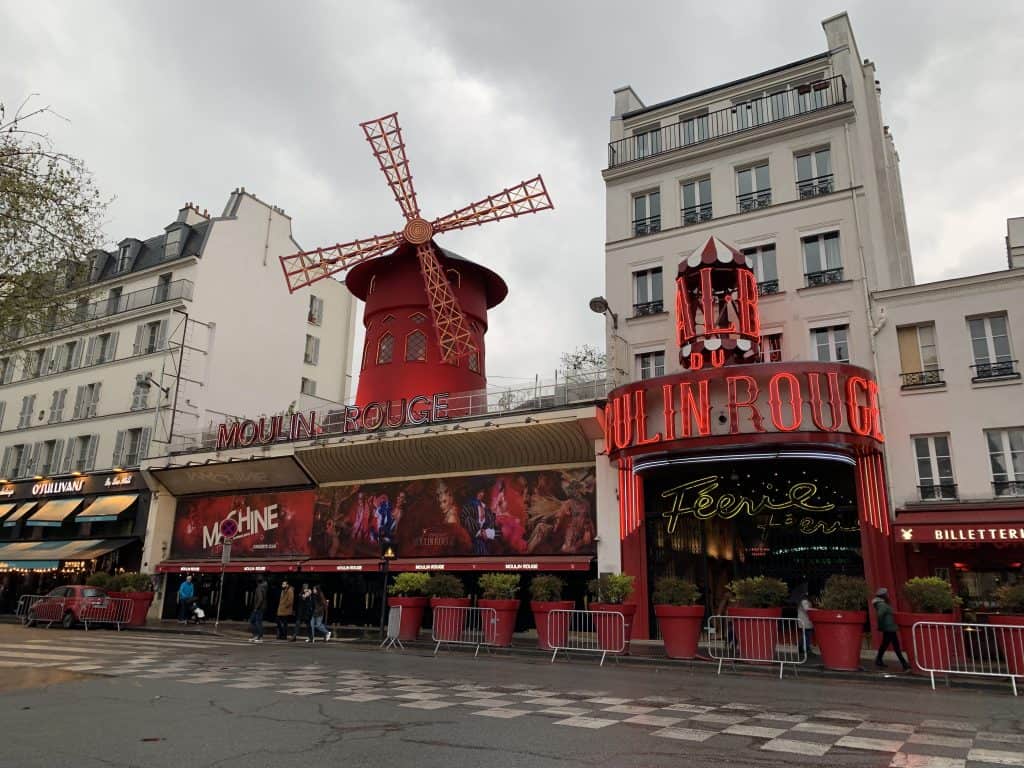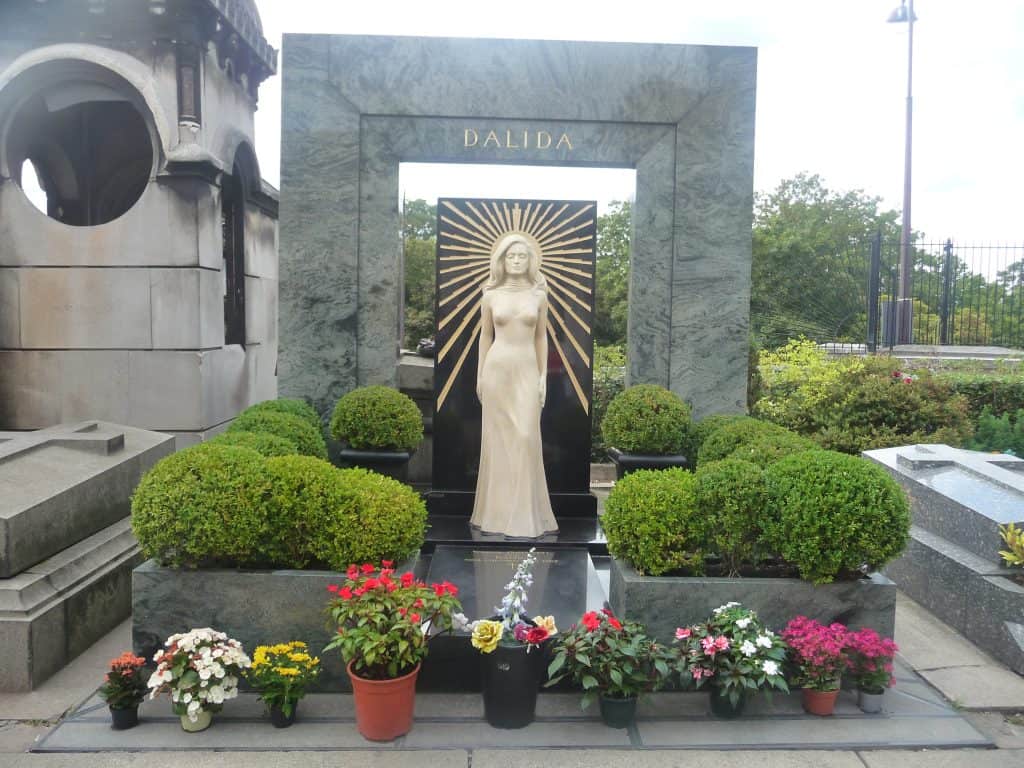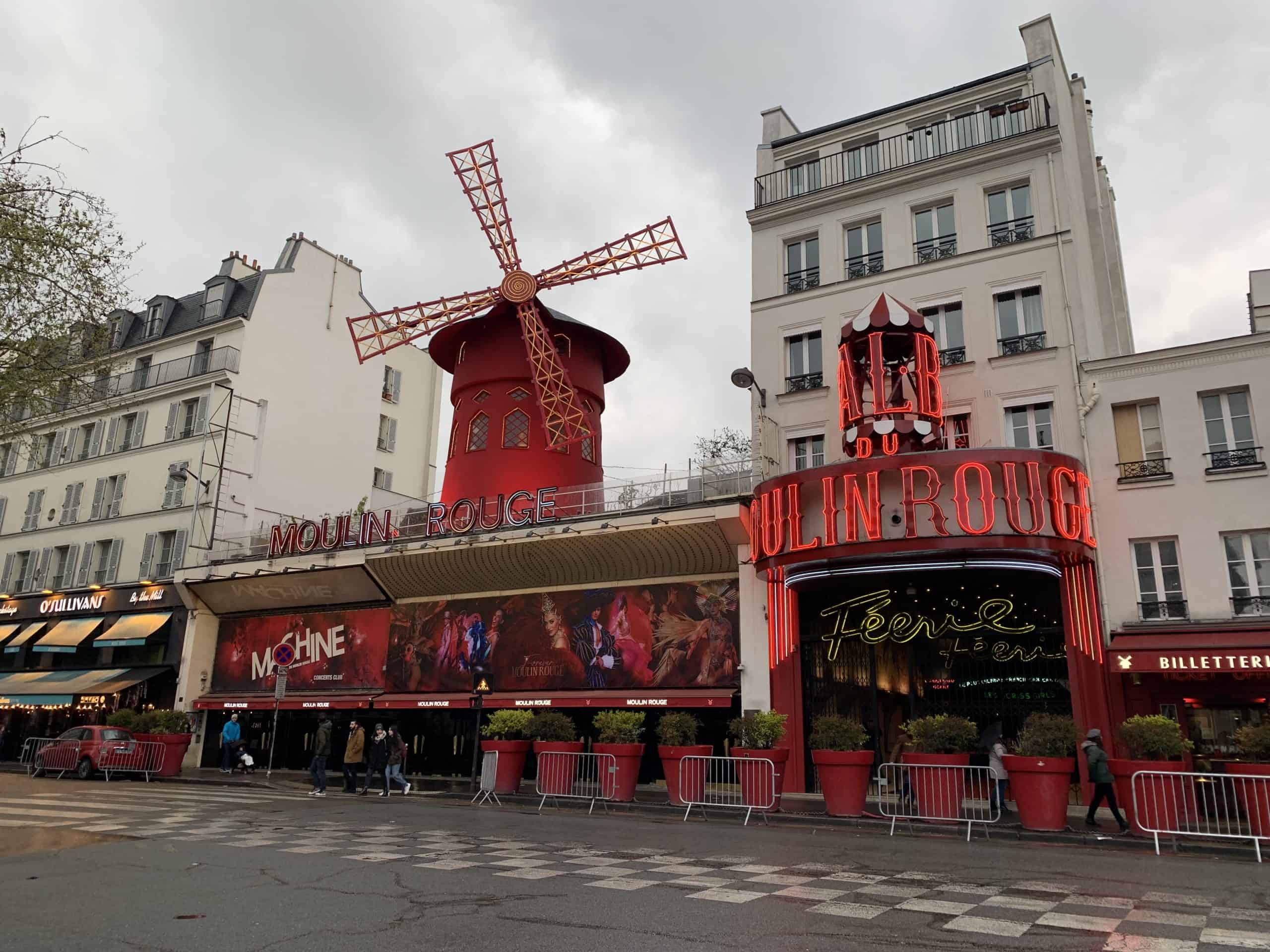
Montmartre is known as the romantic quarter of Paris. It was born in the mid-1800s on a hill used as vines with windmills, a landscape that inspired many artists who later became famous worldwide in those years.
The Montmartre Hill became the meeting place of the artistic figures of the city, who moved to this area also to support significantly lower rental costs than in the Parisian center.
Montmartre was annexed to the district of Paris in 1860 but always remained the most unconventional area. In 1871 the district of Montmartre did not want to hand over the cannon used to protect the hill starting the attempt at revolution by the working class, which failed almost 100 days later. This attempt at revolution is called the Paris Commune.
Today, few references remain of the historic district of Montmartre such as the long staircase of Rue Lepic and Rue St. Vincent. The area is almost entirely for tourist use with restaurants and souvenir shops.
On the top of the hill of Montmartre is the Basilica of the Sacred Heart, built in Romanesque-Byzantine style. It was built and financed by private individuals to remove the crimes of the 1871 Revolution. The white color of this building is due to the Stone of Château-Landon with which it was built and which produces with the acid of the rains the calcin, a substance of white color.
One of the most famous areas in the world is undoubtedly that of molin Rouge, a place famous for the French Cancan.
Nearby is also the montmartre cemetery with some important funerary monuments such as the tomb of Dalida.

